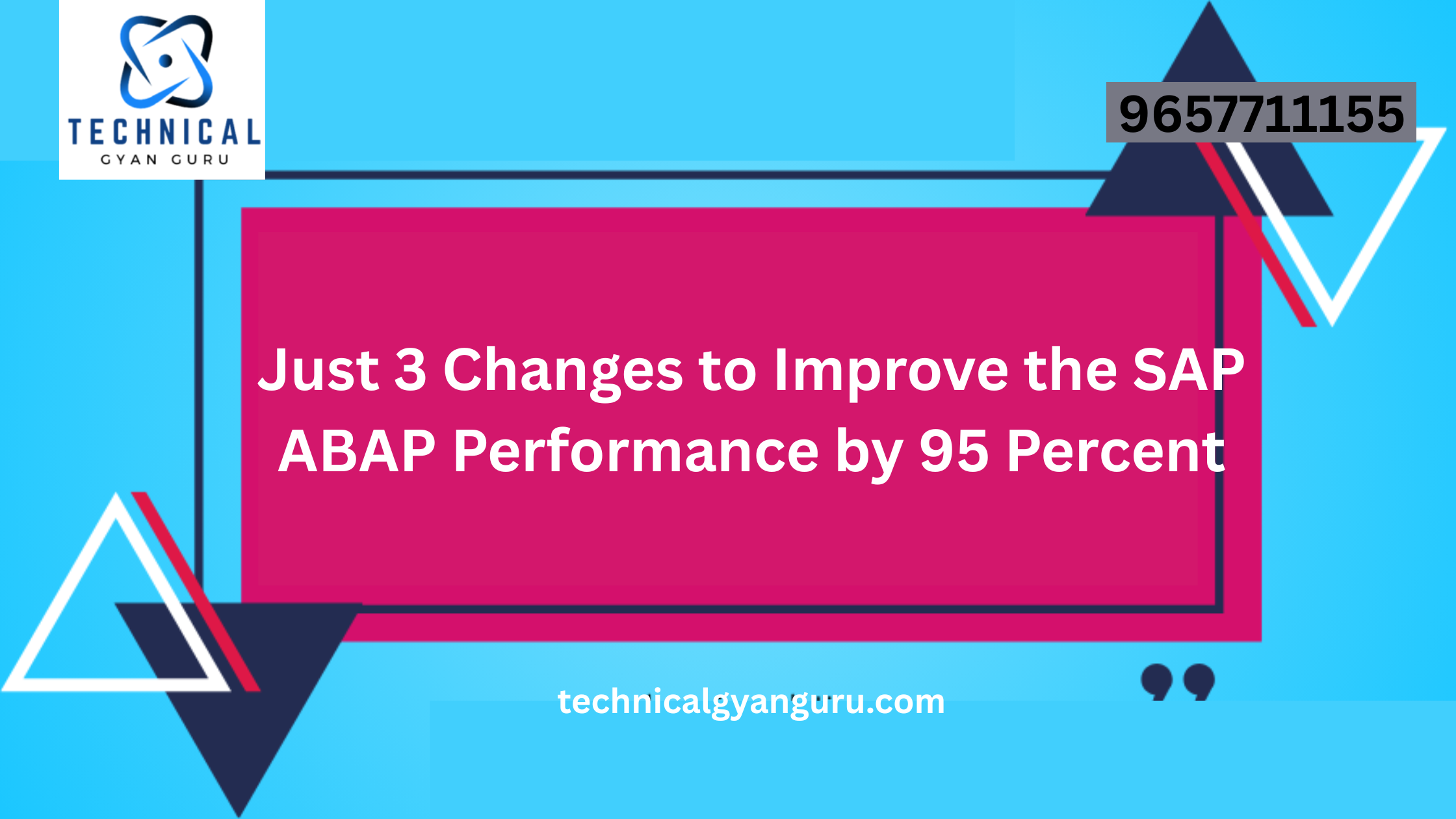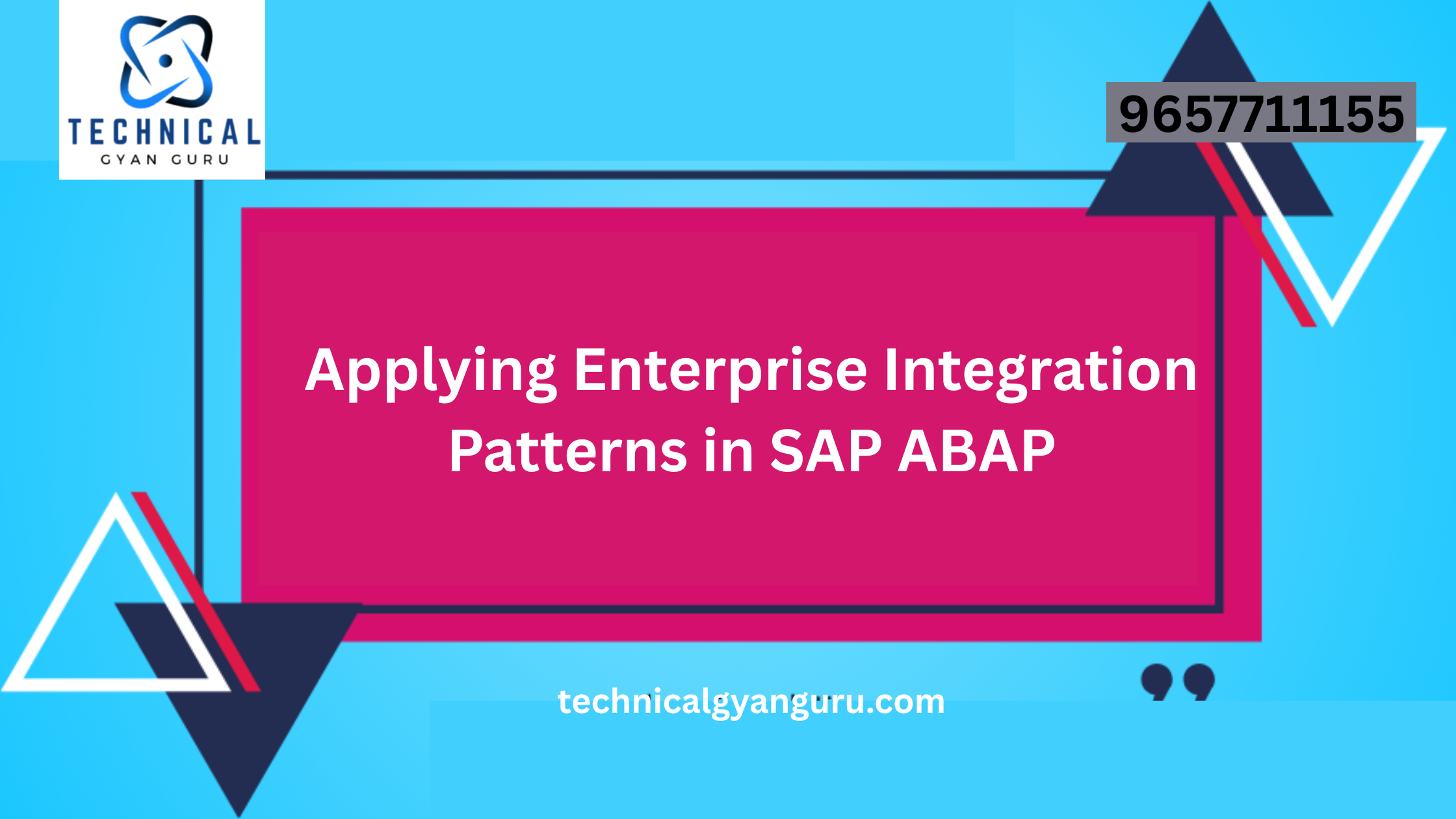Master Data Challenges
Master Data Challenges: The significance of SAP master data in various business domains cannot be overstated. This article delves into the hurdles related to SAP master data and how to overcome them through automation.
However, in numerous organizations, only a small portion of master data is actively managed using IT-centric tools. This leaves the vast majority unregulated and unautomated, resulting in costly downstream errors, reduced business productivity, and inaccurate reporting.
Let’s discuss how automation holds the key for business teams to bridge the SAP master data management gap and address the top five most significant challenges in today’s market without necessitating technical SAP programming skills.
Expedite SAP Master Data Processes
Critical operations like order processing, equipment maintenance, product launches, and supply chain activities are only as efficient as the master data processes supporting them. In the past, automating sluggish, manual processes fell under the purview of specialized IT personnel, often inundated with backlogs.
Today, individuals closely aligned with the business can significantly reduce cycle times, sometimes by more than 50%, by using software designed for and by them. The solutions they create are integrated into Microsoft Excel workbooks or web forms, eliminating manual data input through SAP GUI. This streamlines data management for all SAP master data objects, not limited to just the “big four” (materials, customers, vendors, and finance).
Minimize Duplicate Records
Duplicate master data records lead to a multitude of downstream issues and inaccurate reporting.
Prevent this problem at its source—or even before it begins. A web form allows users to search for existing records before creating new ones. Furthermore, they can devise Excel-based solutions to flag duplicate records for deletion, enhancing data quality and business operations.
Enforce Your Procedures and Business Rules
If you manage SAP master data manually, enforcing procedures and business rules can be inconsistent, resulting in subpar data quality and unwarranted business risks.
Conversely, a forms and workflow solution offers numerous advantages. It allows you to:
• Implement formal data collection and approval controls that cannot be circumvented
• Embed comprehensive business rules to ensure essential data fields are completed on the form, without the need for them to be mandatory in the SAP system
• Standardize data formats
• Enhance data quality by leveraging third-party web services like address validation or credit checks
• Gather documentation within the workflow process, including tax-exempt forms or credit reports, in conjunction with the SAP system data fields collected during master data creation.
Attain Visibility into SAP Master Data Request Status
In a manual setting, comprehending the status of a SAP master data request is no simple feat.
Effective workflow solutions automatically keep stakeholders informed through email or data collection forms, sending notifications to indicate task deadlines and overdue tasks.
Gauge Performance and Refine Processes
Can you accurately report on the time required to fulfill a SAP master data request or whether you meet your service level agreements (SLAs)?
If your processes are manual, this task is likely challenging. Most master data management solutions automatically track essential performance metrics, such as time saved, cycle times, data error rates, and SLAs. Dashboards or other reporting features aid in identifying and addressing process bottlenecks and data quality concerns.
Resolving the most significant SAP master data challenges Today, thanks to software from companies like Precisely, business personnel possess the capability to tackle their most pressing SAP master data challenges, streamline processes, and significantly enhance data quality, thus leaving a lasting impact on the business.







